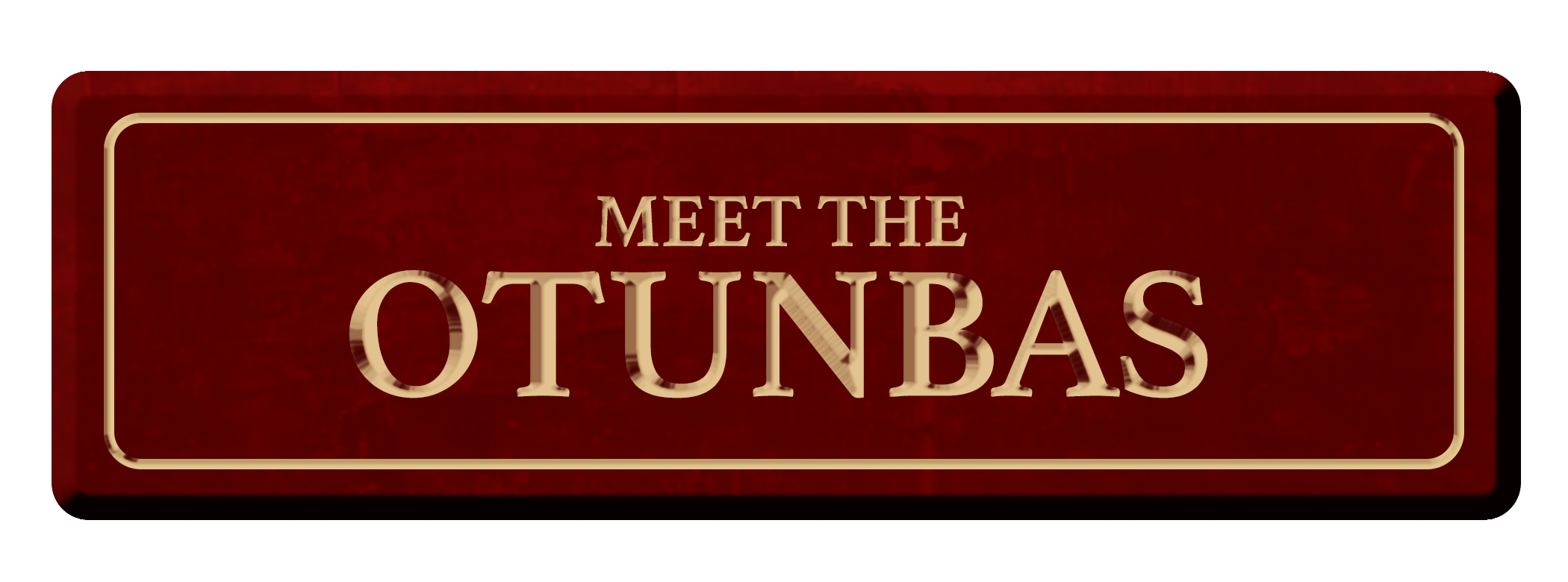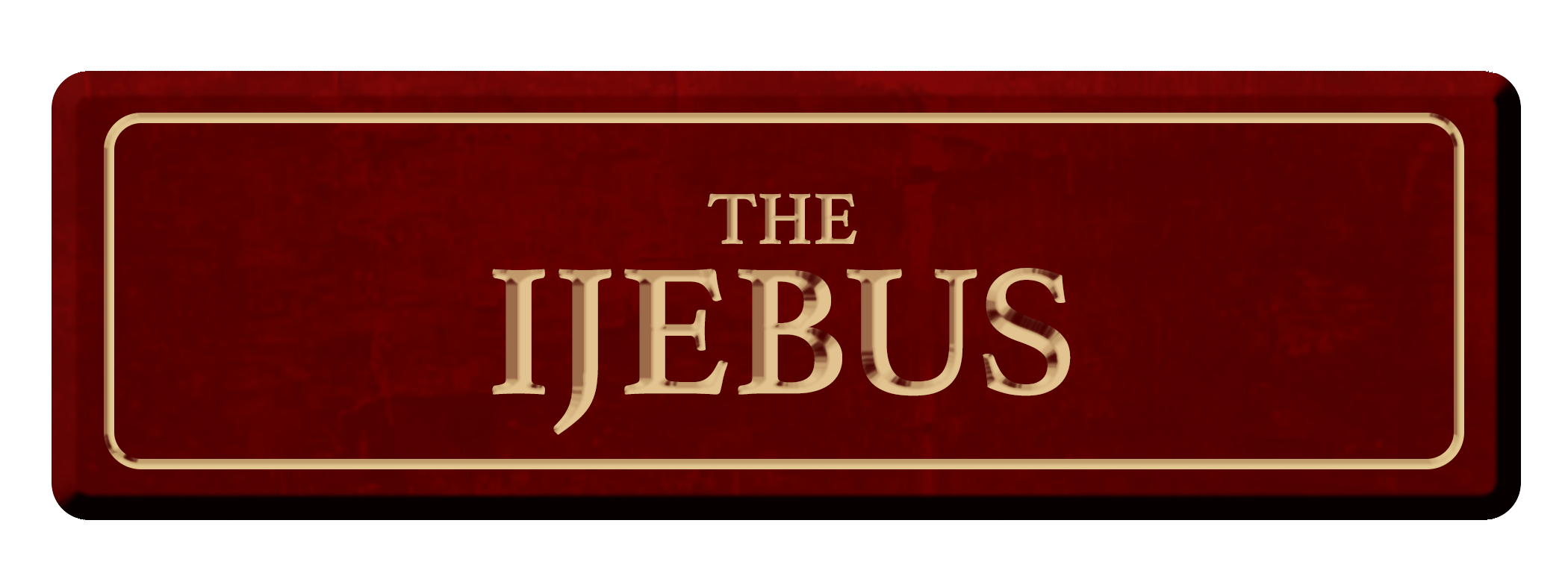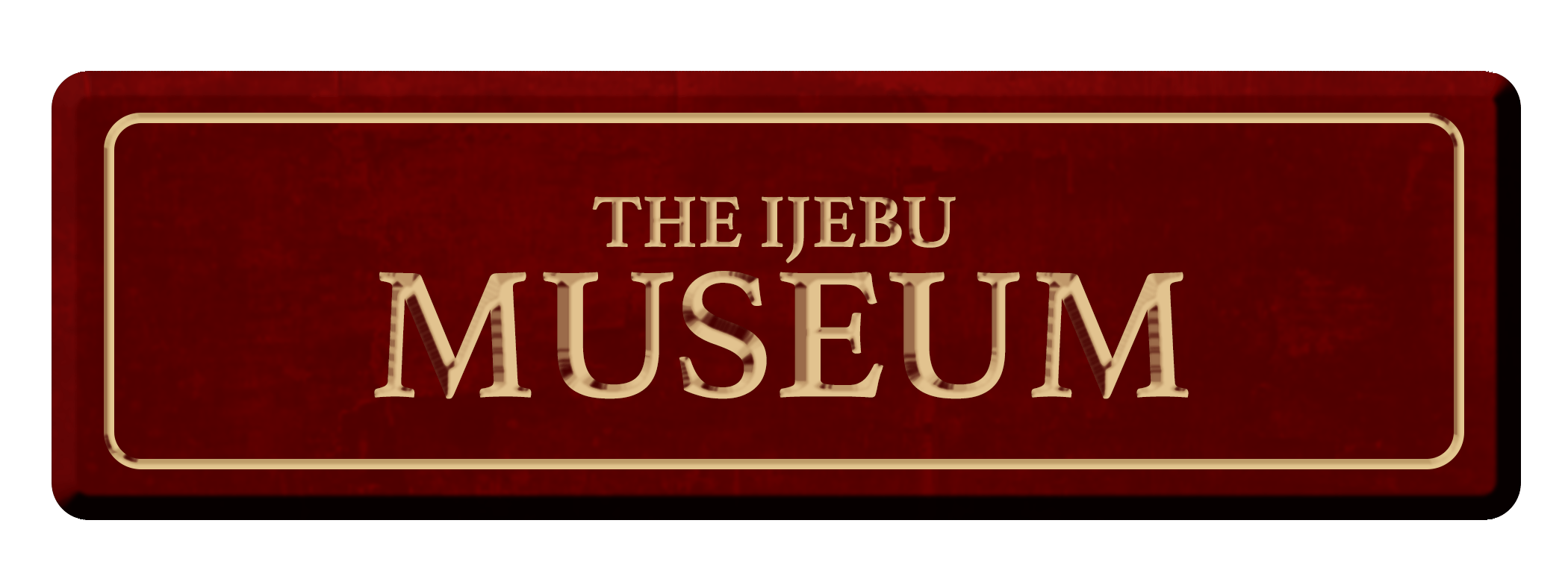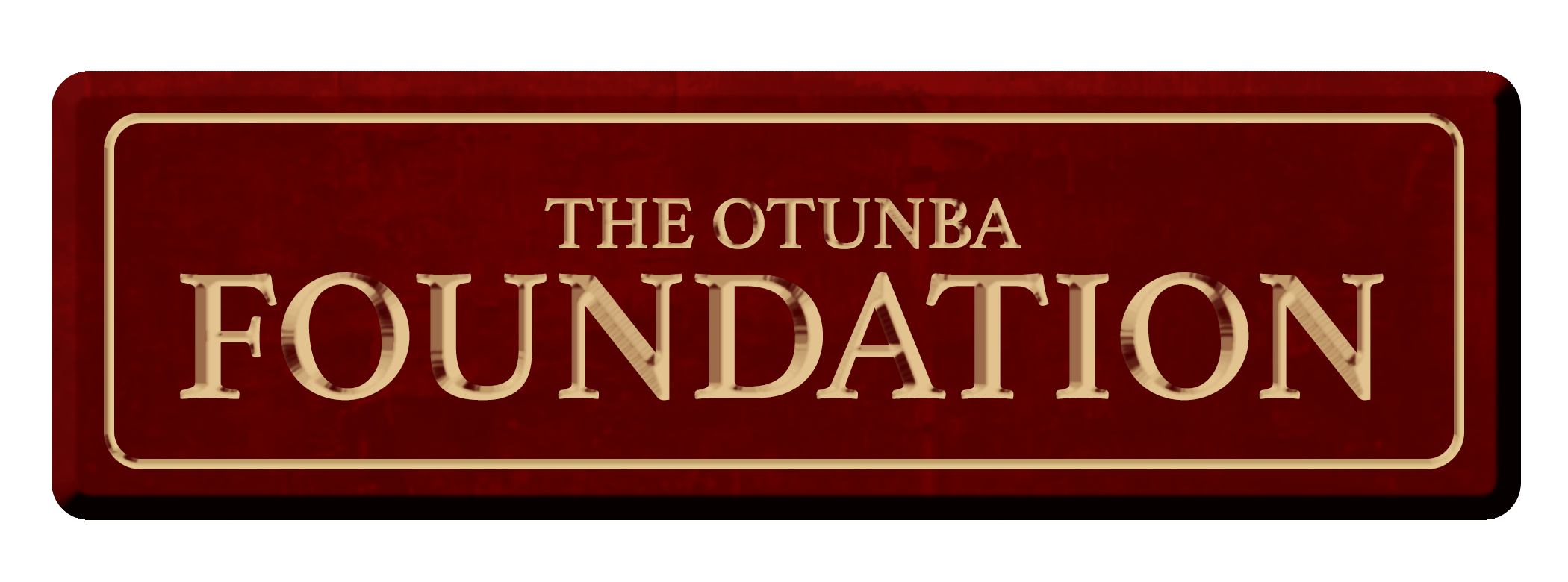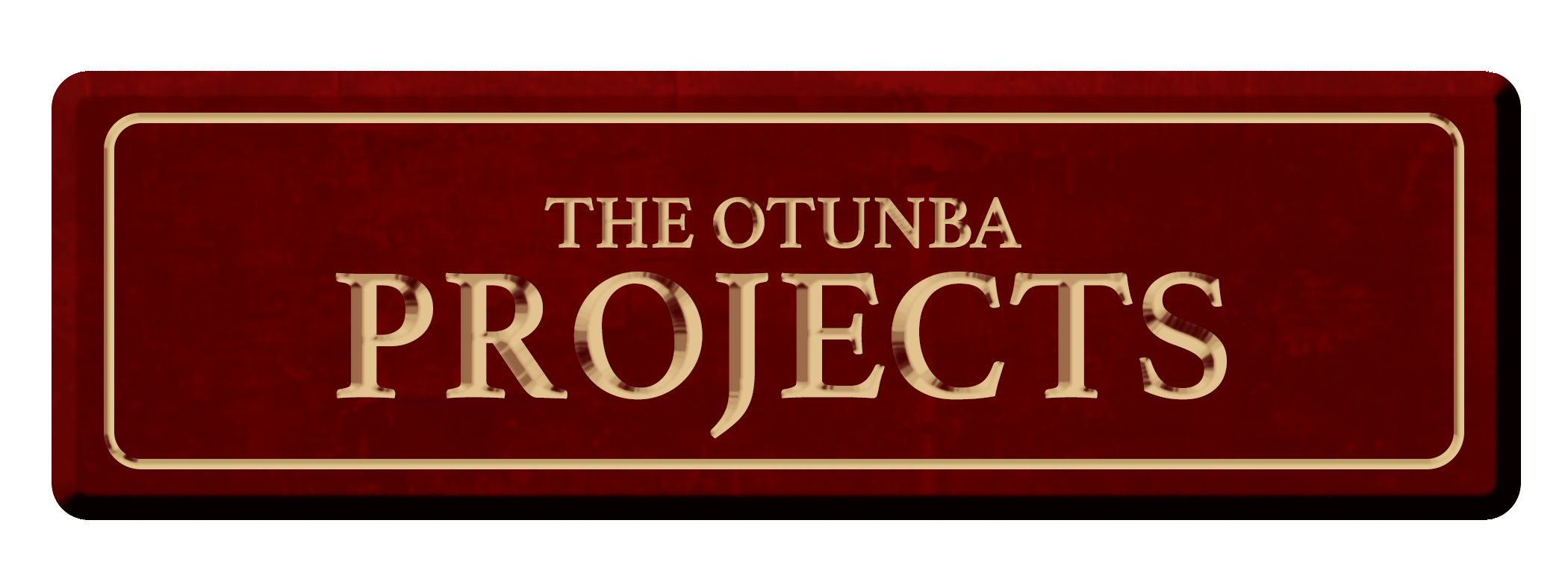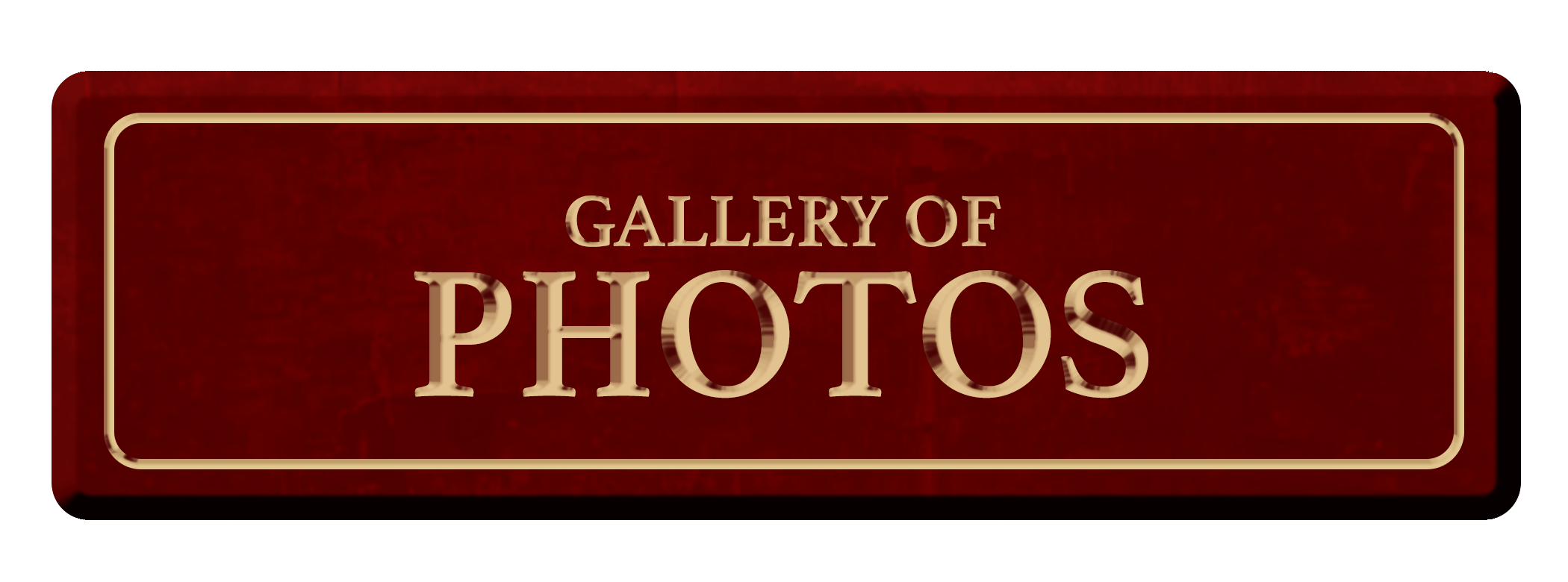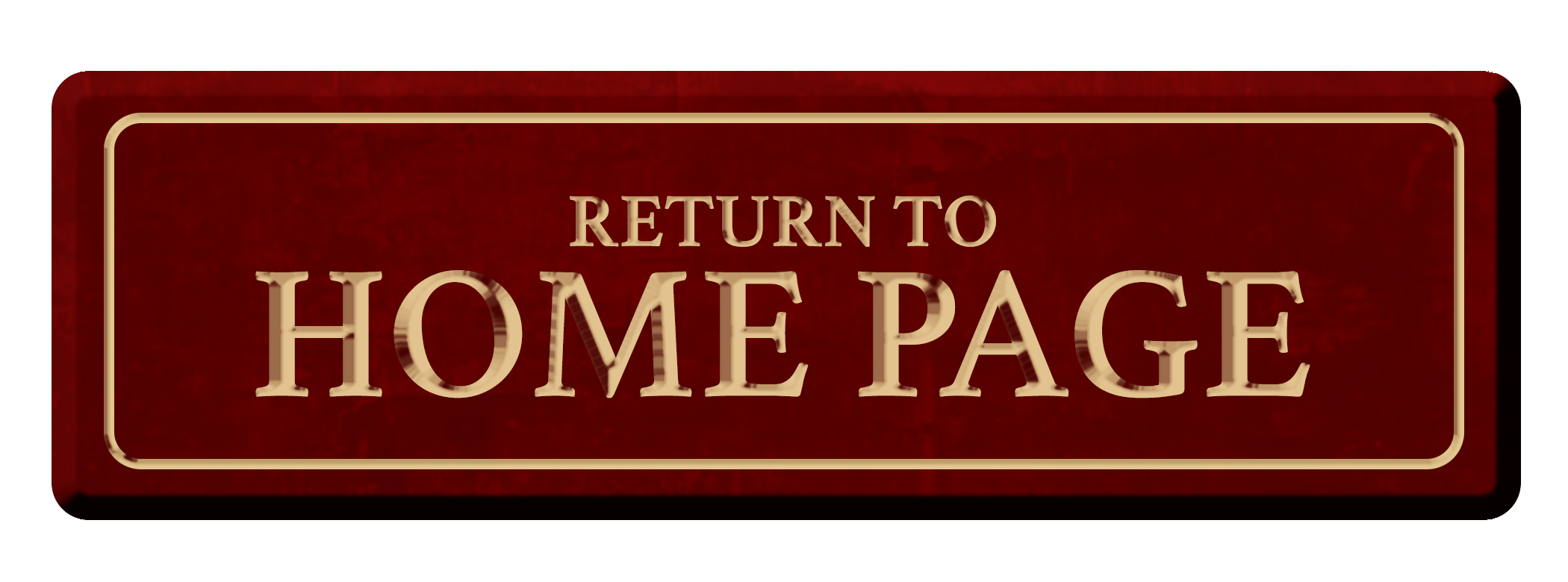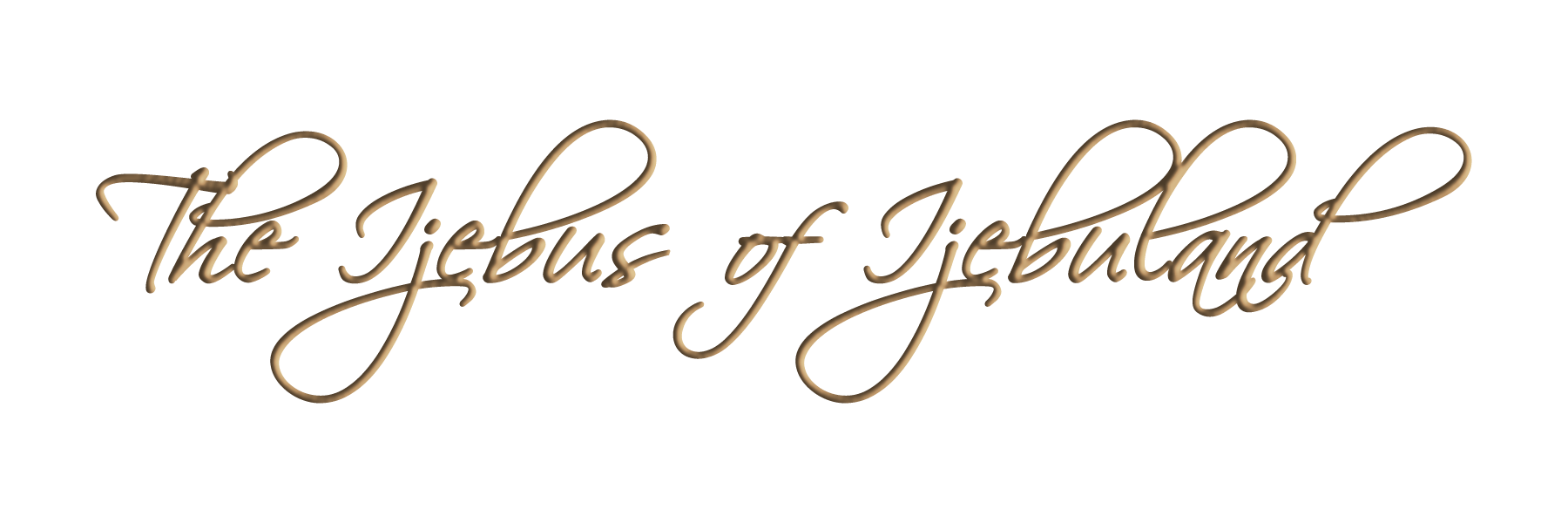
Lying mainly in the deciduous forest region of Nigeria, Ijebu is bounded on the east by the Ondo territory, on the West by the Egba country, on the South by the Lagos and the North by Ibadan. Apart from its capital town of Ijebu-Ode, the principal towns are Abigi, Ago-Iwoye, Arijan, Ejinrin, Epe, Idowa, Ikorodu, Ijebu-Igbo, Ijebu-Ife, Ijebu-Imushin, Ikenne, Iperu, Ilishan, Imobi, Isara, Iwopin, Isiwo, Ode, Omu, Owu-Ijebu, and Sagamu.
The Ijebu who called themselves the ‘whitemen of the interior’ occupied a central position among the states of the Yoruba speaking people of Western Nigeria. But the name Yoruba was previously applicable only to the Oyo whose kingdom, as years went by, became so powerful as to include several of the other kingdoms. Indeed, until the latter part of the nineteenth century the non-Oyo never accepted the designation of Yoruba.
The bulk of Yoruba people regard Ijebus as peripheral Yorubas, while the Ijebu themselves do not hide the fact that the cohesion between them and others who call themselves central Yoruba has been the result of cultural and political interaction over the centuries. Time itself has taken care of these legends as the various groups of people in western Nigeria have come to accept common nationality as Yoruba; be they Ekiti, Ijesha, Egba, Ondo, Ijebu etc. even among the Ijebus, there are conflicting claim to the source of origin depending on the political intention of those concerned.
The Ijebu however clearly allied in language, religious beliefs and traditional culture to the rest of Yoruba. Like the Egba, the Ife, and the Oyo, the Ijebu are a very conservative and keen-witted people. Like the rest of the Yoruba, they were organised in towns and their capital town, Ijebu-Ode, like other capital towns was surrounded by thick walls.
The migration legend has it that the Ijebu people came to their present territory from a region of Sudan called Owodaiye, corrupted to Waddai, as preferred by the traditional historians. Indicating that the Ijebus had a parallel migration wave like other Yorubas who believe they came to their present abode via Oduduwa; a claim which seems to be corroborated by a Haile Mariam publication who wrote that “the most powerful people that the Negede Orit (Ancient Ethiopian into Africa) met in east Africa were the Jebus”. Their King was claimed to be very influential that he was appointed Governors of Yemen. It is however not known if that king was the same Olu-Iwa, the legendary first ruler of Ijebuland.
According to traditions, several migrations settled in Ijebu. The first of these founded the Idoko now a ward in Ijebu-Imusin. The second migration was that of Olu-Iwa. Olu-Iwa was accompanied to Ijebu-Ode by Ajebu and Olode and other relations. It is strongly believed by most Ijebu that Ijebu-Ode derives from a corruption of Ajebu and Olode, the two most important relations of Olu-Iwa.
But perhaps the most important migration to Ijebu was that of the grandson of Olu-Iwa, Ogboraogan, son of Gborowo, who herself was daughter of Olu-Iwa. Ogboragan came with his mother and a very large company of followers. He passed through Osun at which river his mother died, hence the yearly sacrifice of a cow to that river. He also passed through Imusin and lost his cat at Ilese, (i.e. Ilu-ese – the town of cat). The traditions of this journey are still observed till today.
He arrived in Ijebu-Ode with a large number of followers. We are told Olu-Iwa had died and that Osinmore was regent. Before his death, Olu-Iwa had secured the consent of Osinmore to vacate the throne as regent, should he die before the arrival of his grandson. Initially, the people thought it was an invasion but on the cooling of nerves the new arrival was greeted with shouts of joy by the inhabitants. His good bearing and attractive physical appearance recommended him to the indigenous people. Besides he had many followers; to the Ijebu, only a king could combine such merits. Those who saw them reported to those who had not that a king was outside, an event which gave rise to Obanta (Oba wa ni ta – i.e. a King is outside) the mythical name of the first Awujale of Ijebuland. Ogboragan took over the throne from Osinmore who had also been warned by Ifa oracle to leave the throne as soon as Ogborogan, grandson of Olu-Iwa, arrived in Ijebu-Ode.
The Ijebu believe that Obanta was a divine king. He was guided to Ijebu by oracles and his rule was based on ancestry rather than conquest. Ijebu was neither included in the Benin Empire nor in the Oyo Empire. A nineteenth century proverb common among the Ijebu said that with the exception of the Ijebu and Europeans, the whole world was a slave race. (A f’Ijebu a f’Oyinbo dede aiye dede eru ni).
Irrespective of these claims, the Ijebus are united under the leadership of the Awujale of Ijebuland and this unity has been the strength of the people as exhibited by the achievements of the people.
Unlike the Oyo and the Egba, the Ijebu had no cause to remove from their original settlement. Relatively peaceful and comparatively more prosperous than any other section of the Yoruba, Ijebu probably retained, until the British advent, a good deal of the elements of indigenous Yoruba government. Ijebu played a leading role in the foundation of modern towns of Abeokuta and Ibadan.
The Ijebus are known for their business acumen, which dated back to the early nineteenth century and according to the testimony of contemporary observers of that time, a child is expected to have known the value of money and possess the attributes of a trader right from age twelve.
The people are a very enterprising set of people who are self-reliant and innovative. By the middle of the nineteenth century, the Ijebus had become the major movers in the business world and they had become more prosperous, not only in the emerging modern realities but also in terms of infrastructures. In those days, it is on record that that the houses and streets of the Ijebu people were superior to those of the surrounding people and communities. They cultivated their lands adequately, bred high-breed farm animals and were first and foremost self-sufficient. The excess proceeds from their sundry efforts were spread around their neighbourhood. The Ijebu people are generally noted for their intelligence and integrity.
Ijebu was the nearest coastal state to Lagos and strictly controlled the major trade routes from that commercial centre to the interior Yoruba country. The greatest economic asset of Ijebuland throughout the nineteenth century and far into the present century was timber – on which 19th century Lagos depended and the major source of wealth of the first generation of noveaux riches in Ijebuland.
The Ijebu had customs clerks at Odo Ona Kekere at the Ijebu-Ibadan boarders, Iperu and at Ikorodu. In these towns, they exchanged the produce of the interior Yoruba country with goods they obtained from the Lagos people at Ikorodu. They had a very big market at Ejinrin, which during the first half of the nineteenth century was described as the largest market in West Africa. They were firmly opposed to direct trade.
They believed that trade should ‘go from hand to hand’. No inducements whatsoever convinced them to abandon this privileged position. For forty years, negotiations went between the British officials and the Ijebu authorities for the opening of these trade routes to direct trade. But all failed to achieve that desired end, since British colonial expansion proceeded almost invariably along the commercial highways, it was not until the eventual conquest of Ijebu on May 20, 1892, by the British force at Magbon, that the British Government could penetrate into the interior Yorubaland and ensure direct trade. This penetration made possible the eventual inclusion of the Yoruba states into the political entity now known as Nigeria.
The system of government in Ijebu, like in the rest of Yorubaland was one of limited monarchy. The government of the capital town, Ijebu-Ode was also the central government of the Ijebu nation.
The head of the government was the Awujale in whose name all acts of government were carried out. The Awujaleship was rotated among the four ruling houses of Anikilaya, Gbelegbuwa, Fidipote and Fusengbuwa. The person of the Awujale was regarded as sacred. He was believed to be a companion of the gods and on whose ‘amen’ to prayers was enough to ensure their fulfilment. (Ekeji Orisa, alase Adura, Alayeluwa). He was majestic not only by birth but in his person and his bearing. He appeared in public only three times a year. These were during Bere festival in October, the Ebi festival in February and the Agemo festival in June/July. On such occasions, his face was heavily veiled and he was surrounded by all pomp and pageantry.
The Awujale is the spiritual head of the Ijebu. His supremacy over all Ijebu was accepted as a matter of course. The Awujale was the only one who had ‘customs’ clerks at the principal outlets of the capital and the strategic outposts of the country. He was the only one who gave names to the Ijebu age-grades. The law of the land was promulgated in his name. As Commander-in-chief of the Ijebu army, he was the only one who could declare war or sue for peace. His sanction was a sine qua non for the foundation of an Osugbo. He had the absolute prerogative of mercy and pardoned those criminals who sought his forgiveness.
The Awujale was the fountain of honour, and he conferred Chieftaincies and other honours on worth ‘Sons of the Soil’. Such worthy sons and daughters must have made substantial contributions towards the economic, social and political growth of Ijebu, or have distinguished themselves in their respective professions that the king can be proud of them. Such conferment belong to the class of non-hereditary group of Chiefs.
An index of the growth, prosperity and tranquillity of the nineteenth century Ijebuland was the systemic organization of the age grades known as “Regberegbe” with titles reflecting significant events. They constitute a major instrument of social cohesion and mobilization in Ijebuland. These groups always come together to help one another in event of any serious need for concerted and joint efforts. The present Awujale, Oba Dr. Sikiru Kayode Adetona, Ogbagba II revived the Regberegbe for the continuous rapid development of Ijebu. This strategy has been yielding fruitful results and the Regberegbes are in healthy rivalry for contribution to Ijebu upliftment. At every Ojude Oba, every age group goes to the Awujale to pay homage to the Paramount Ruler of Ijebuland in their most attractive fashionable dresses.
Occasionally, the Awujale conferred the title of OTUNBA on members of the Royal Family. These members of the royal family must, like other citizens, have distinguished themselves in their professions or have made immense contributions to the growth of the society.
But there are some members of the royal family who become ambitious to rule, these must be sons of a reigning Oba or must be very close male relations of a reigning Awujale. As a security measure, such a prince is made an Otunba by the Awujale and assigned to an odo (an Ijebu settlement) over which he rules. Among such Ijebu settlements are Odo-Arawa, Odo-Potu, Odo-Lagaye, Odo-Ragunsen, Odo-Mola, Odo-Lewu, Odo-Naforija and Odo-Ajogun.
There were no political parties as in modern democracy but the ancient administrative setup which ruled Ijebu in those days, was democratic in nature and principle. There were political groups/societies, which had functions each in the administration of the town. The administration pattern in Ijebu-Ode was the same in all other towns under the sovereignty of the Awujale but with slight variations in some cases.
Apart from these members of the royal family, there are three Councils of Chiefs in Ijebu. The highest of these is the ILAMUREN which was the Council of State. The Ilamuren is the class of high chiefs, the most senior of them being Chief Olisa. Other chiefs in the class are the Ogbeni-Oja, Egbo, Olotufore, Apebi, and any other non-hereditary male title holder can become an Ilamuren Chief with the consent of the Awujale after providing the ‘Era Iboje’ (i.e. feasting with ram).
The Olisa, though traditionally the most senior among these class of chiefs; a new twist was however brought into this with emergence of Chief T. A Odutola as the Ogbeni-Oja of Ijebu-Ode. Ogbeni-Oja Odutola enjoyed a very high and dominant position in the Royal Court of the Awujale. When Oba Adesanya, Gbelegbuwa II, joined his ancestors in January 1959, it was Ogbeni-Oja Odutola who became the chairman of the Regency Council and presided over the affairs of Ijebu-Ode during the interregnum.
Chief Odutola presented the new Awujale, young Oba Adetona to the Ijebu people at Itoro, Ijebu-Ode on 4th January, 1960. Historians must however note the consolidation and modernization which have been effected in the hierarchy of the Chief of Ijebu-Ode in recent years and during the reign of the present Awujale. By 1995, Oba Adetona had evolved and established an orderly and traditional system of succession among this class of high chiefs.
THE OSUGBO COUNCIL was the main Ijebu enforcement authority. It was like the Police and was therefore the most dreaded body in the country. It was perfected by the Ijebu and the Egba who call it Ogboni. The head of the Osugbo is the Oliwo and the Secretary and high priest is the Apena. The Odele Olurin represents the Awujale on the Council. The Osugbo meet regularly in the ‘Iledi’.
The Osugbo is a cult that is open to any adult to join. It is neither hereditary nor family-based. It is a fraternity that functions under the authority and directive of the Awujale. It also has a religious character. The two brass images known as “Edan” was the centre of worship in the Osugbo conclave. Women are admitted into it by initiation but such women must have passed child bearing age.
THE PAMPA was the third most important Council in Ijebu. It comprised the Agbon, the Lapo-Ekun, the Kakanfo, the Balogun, the Iyalode, the Otun Balogun, the Osi Balogun, the Jagun, the Likotun, the Asipa and the Parakoyi. It was also open to any young men of the town recommended by known members, on the payment of nominal membership fees.
The people’s parliament: the pampa was the mother and springboard of the other groups even though it is the lowest rank. The Pampa was the people to whom we refer to as the electorate in modern democracy and from them the others derive their authority. Without the Pampa, the Osugbo and Ilamuren even did not exist. The Pampa was the voice of the common people which must be heeded in the administration of the town. Their functions are to be the medium of information between the mass of people (the “Wonparis”) and the high chiefs. Matters of any kind from the outlying districts (the farms attached to particular wards) came through them.
The Ilamuren, the Osugbo and the Pampa with the Awujale as the head formed the Ijebu Central Government until the advent of the British imperial power. In July 1892, the Awujale was made to cede ‘the strip of territory lying around Epe’ to the British government. This area was described as “a most useful addition to the Lagos protectorate”. By the terms of the agreement of this cession and to compensate him for the loss of trade from this section, the Awujale was compensated with £200 per annum as salary. Balogun Onafowokan was allowed a pension of £50 a year and Seriki Kuku, £100 a year.
In 1894, both Ikorodu and Ijebu Remo were excised from Ijebu-Ode by the British Colonial Government. And the rest of Ijebu remained under the rule of the Awujale until 1914 when the whole of Nigeria came under British rule. In 1917, however, by the formation of the Judicial Council, Ijebu Remo was again brought under the control of Ijebu-Ode. The Council comprised the Dagburewe of Idowa, the Akarigbo of Ijebu Remo, the Ajalorun of Ijebu-Ife, the Oluwo of Owu with the Awujale of Ijebuland as its President. Its functions were ‘political, administrative, and judicial’. In 1921, the Awujale became the Sole Native Authority of Ijebu Province. In 1951, the entire Ijebu province including Epe and Ikorodu became part of the Western Region of Nigeria. And on April 13, 1960, Alayeluwa Oba Sikiru Kayode Adetona was installed the Awujale of Ijebuland.
The Awujale and Paramount Ruler of Ijebuland represents the totality of the worth ancestral heritage of a people that have carved a niche for themselves not only among the renowned Yoruba people, but also across the length and breath of the nation. Today, Ijebu people have an ever growing reverence for their monarch, which has become an insignia of an enviable past. Fortified with a very robust political structure, the Ijebu people otherwise known as “Omo Obanta” voluntarily look unto the royalty with adequate loyalty and allegiance. Inclusive of this system are the economic structure, social organization, community relations, justice administration, infrastructure development among others.


